Why a New Orleans Museum Displays a Can of Water
It’s a memory from the days after Hurricane Katrina.
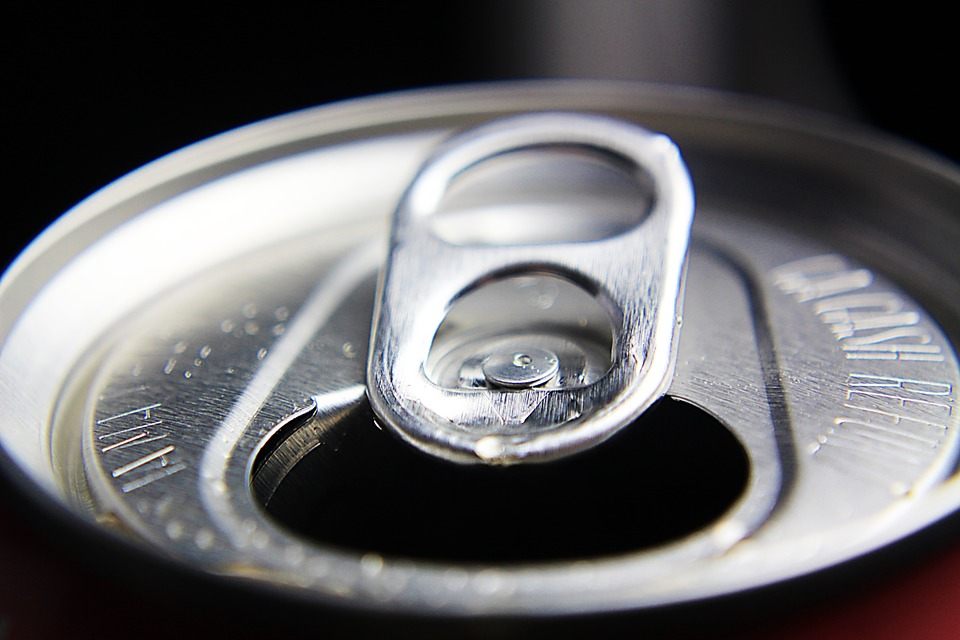
Soda cans are meant to be disposable—tossed away or recycled as soon as they’re empty. But at the Historic New Orleans Collection, displayed among scepters from 19th-century Mardi Gras celebrations and elaborate table settings, there’s a single, dented can, white with blue letters: “Drinking Water (Not for Sale).”
The can’s design is simple and stark enough that it looks like it could be an antique, but it dates to just over a decade ago. Created at an Anheuser-Busch plant in Georgia, the can was part of a massive donation of drinking water that the beer company sent to disaster victims after Hurricane Katrina devastated the city in 2005. It’s a humble artifact of a defining moment in the city’s history.


But this artifact isn’t unique to New Orleans. Outside the halls of a museum, it’s possible to find similar relics on eBay: a yellow six-pack of drinking water from the 1997 floods in Central Kentucky, another pack that expired in 1993, a more recent specimen from 2012’s Hurricane Sandy. Every time there’s a major disaster Anheuser-Busch partners with the Red Cross to send water.
The beer company dates this tradition of helping disaster victims to at least 1906, when company founder Adolphus Busch found himself in San Francisco after one of the most destructive earthquakes to ever hit the United States. Busch wanted to help, and he sent a telegraph to the head of the Red Cross:
Inspired by the President’s recommendation by confidence in you as the head of the Red Cross Society, and by the splendid condition of the national troops as I witnessed it, the Anheuser-Busch Brewing Association subscribes $100,000 [equivalent to more than $2.5 million today] to your San Francisco sufferers, subject to your directions.
In 1988, the company created its current disaster-relief canned water program. In the wake of disasters, access to drinking water can be critical. Canning pure water actually takes longer than canning beer, because the carbonation makes a difference. In one eight-hour period, the brewery can usually produce more than 30,000 cases of beer. According to one plant manager, it takes more than twice as long to produce the same amount of water. In a massive disaster, Anheuser-Busch’s turned over many of its plants to emergency water production. But one of it canning plants, in Cartersville, Georgia, periodically switches from canning beer to canning water so there’s always a supply at the ready. You can simply never have too much.
Gastro Obscura covers the world’s most wondrous food and drink.
Sign up for our regular newsletter.







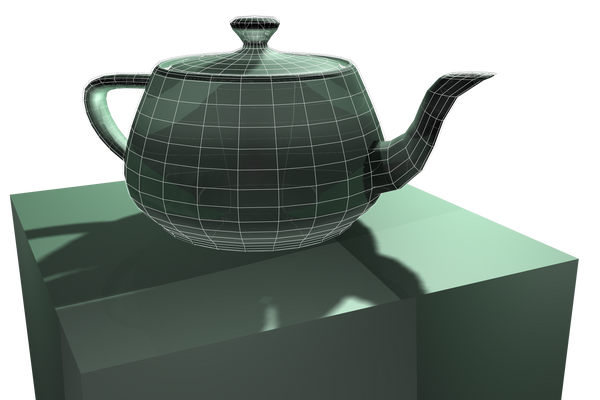
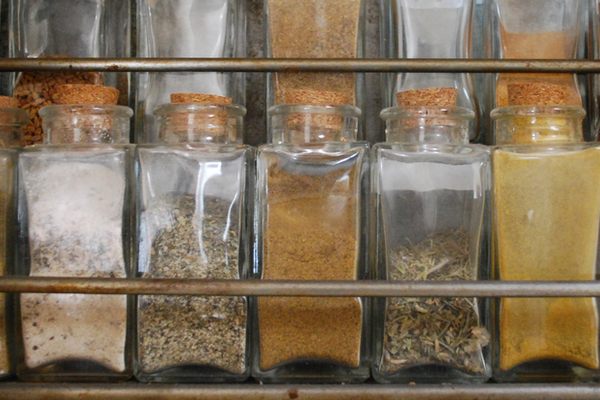



























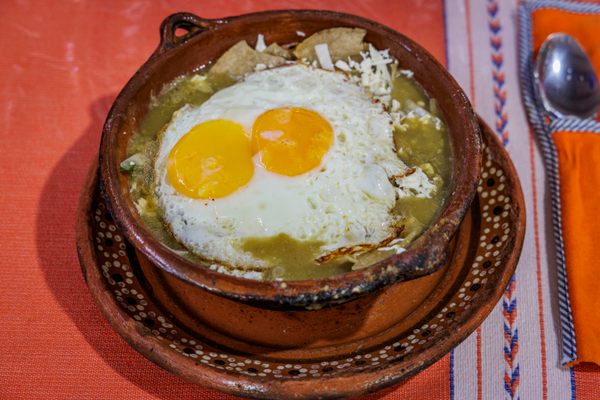



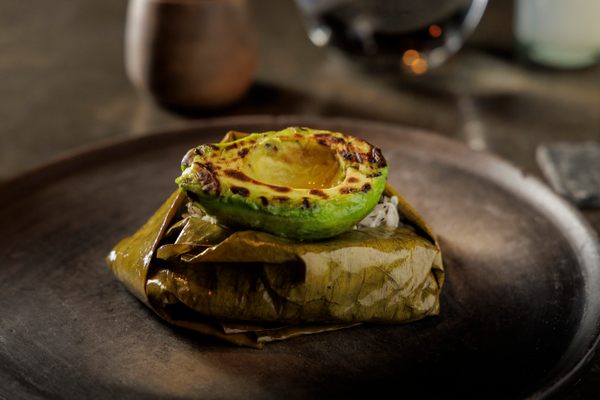

Follow us on Twitter to get the latest on the world's hidden wonders.
Like us on Facebook to get the latest on the world's hidden wonders.
Follow us on Twitter Like us on Facebook